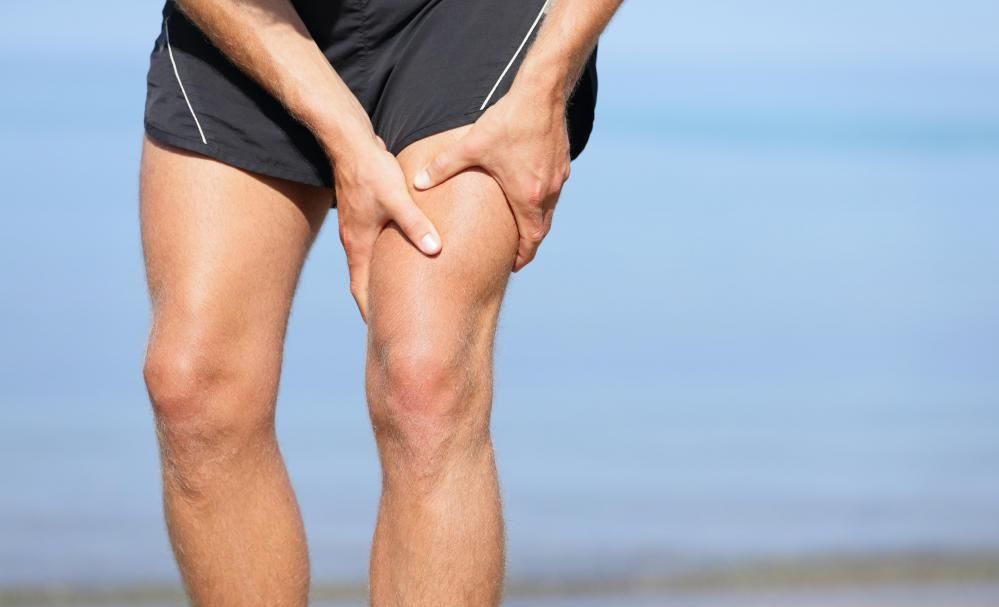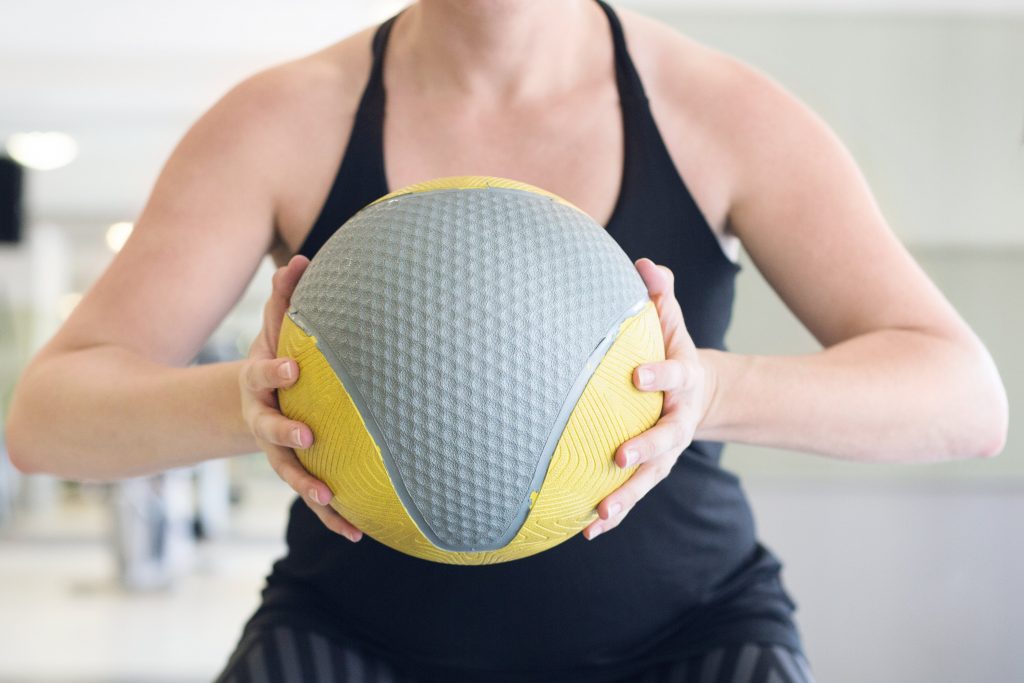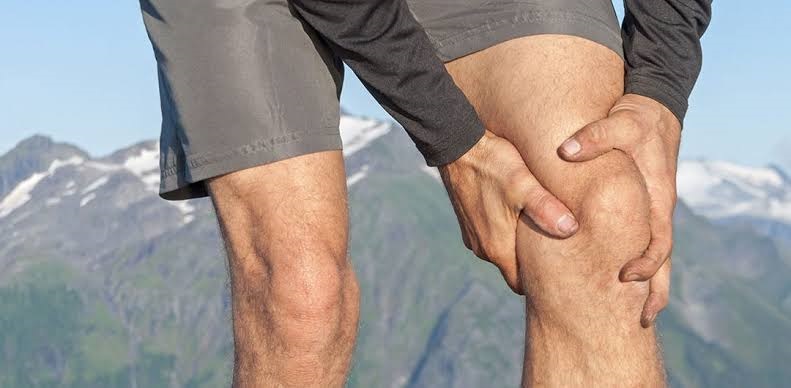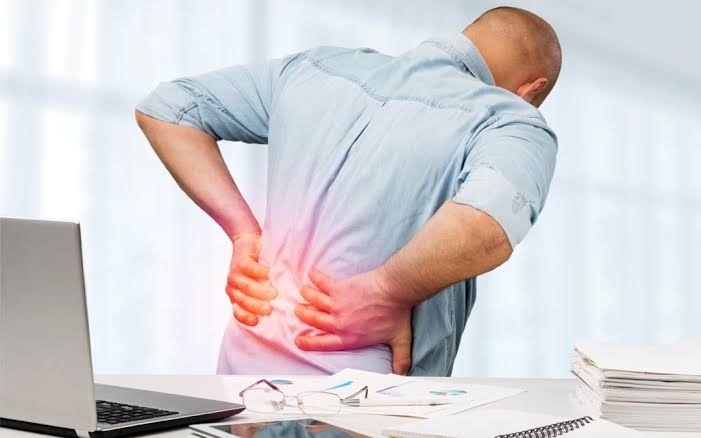We want to dedicate this article to explain how muscular physiotherapy works. It is not about any particular branch but how physiotherapy treats muscle injuries. In today’s society, muscle injury is very present, so it has a great interest.
What is muscle physiotherapy?
Muscle physiotherapy in Dwarka takes care of all muscle problems and injuries, one of the most common areas of the physiotherapist’s work. Such is the importance that all professional teams have incorporated the figure of the physiotherapist in Dwarka into their organizational charts, even in many gyms.
Most important muscle injuries
There are many types of muscle injuries but we will see which are the most important, the ones that are seen most frequently in a physiotherapy clinic in Dwarka.
Laces
They are defined as that muscular and diffuse pain, which appears in the immediate 24-48 hours from the realization of an intense and/or prolonged exercise and affects the musculotendinous apparatus. Muscle joints and tendons near the joints are affected.
They are part of an adaptation process and the pain is due to the weakness of the muscle fiber, to the exercise being untrained or when an exercise other than usual is performed. Muscles work differently than usual and microroturas occur.
This process usually lasts 20 to 30 hours, and until 78h after the effort, the pain evolves and thereafter decreases until 7 days later.
To prevent stiffness we must adapt to training or new exercise gradually. In addition, good nutrition is essential to avoid them.
Muscle contracture
The contracture is an involuntary, lasting or permanent contraction of a muscle or group of them. It can occur when making an effort and among the most frequent symptoms, we find the bulging or inflammation of the area, pain, and alteration of the normal functioning of the muscle.
The reasons why we can have a contracture is:
- If we carry out a continuous activity with an inadequate posture,
- Force when doing an exercise,
- Due to dehydration, lack of magnesium and potassium. Muscle fibers need water, glucose, sodium, potassium, and magnesium.
- Emotional and psychological stress, such as anxiety and tension, can cause a series of reactions in the body that affect the nervous system causing stiff neck and muscle tension.
Muscle strain
Fibrillar rupture or fiber breakage, as the name implies, is the breakage of muscle fibers and is popularly known as “muscle tear.” This injury causes hemorrhage in the area due to the breakage of blood vessels that supply the muscle, inflammation and very intense pain.
Fiber breaks can be caused by a variety of factors such as trauma, excessive muscle exertion, poor pre-preparation at the time of physical activity, … among other things. It should be mentioned that, according to oriental medicine, the body may be predisposed to suffer this type of injury due to emotional factors.
In general, muscle tearing causes:
- An intense pain, similar to a stab.
- Swelling or edema
- Loss of mobility, which is due to damage to the affected muscle
- Sometimes a bruise or bruise.
The intensity and duration of these symptoms vary according to the severity of the fiber breakage (the longer the fibers involved, the longer the recovery time will have to wait).
Muscular cramp
Muscle cramps are contractions or sudden, involuntary spasms in one or more muscles. They usually occur after exercise or at night and last from a few seconds to several minutes. It is a very common muscle problem.
Muscle cramps can be caused by the malfunction of some nerves. Sometimes, this malfunction is due to a health problem, such as a spinal cord injury or a pinched nerve in the neck or back. Other causes are:
- Strains or excess use of a muscle
- Dehydration
- Lack of minerals in the diet or wear of minerals in the body
- Insufficient arrival of blood to the muscles
Cramps can be very painful. Stretching or gentle massage on the muscle can relieve pain.
Low back pain
The back pain is the most cause problems of absenteeism muscle injury since the age group where more is given is the range between 30 and 60 years.
The symptoms are strong pains in the lower back after physical activities or a sudden movement such as lifting something heavy. It is manifested by difficulty in moving that can walk or stand up, pain does not radiate through the leg, pain is usually dull, muscle spasms can be severe and the localized area is painful with palpation.
One of the most common causes of acute low back pain is the distention of a ligament or a back muscle. When lifting something heavy, twisting or making a sudden movement, it can cause a stretch of the muscles or ligaments or cause microscopic tears.
Muscle Contusion
It occurs when the muscle is struck against a structure, either by the collision with a partner or against a surface. They are very frequent in contact sports.
Fibrous crushing or muscle tearing may appear. As a clinical manifestation diffuse pain (stiffness), ecchymosis and functional impotence appear.
Muscle bruise
It is the bloodshed in the breast of the muscle, due to crushing of a vessel due to a bruise, rupture, tearing … Pressure pain appears, increased volume of the injured area, and hematoma after 24 to 48 hours.
These are the main injuries that are treated with muscle physiotherapy. As we see they are of the most varied, hence the importance that, as we mentioned at the beginning, has been taken. For any questions, you can consult a physiotherapist in Delhi.












